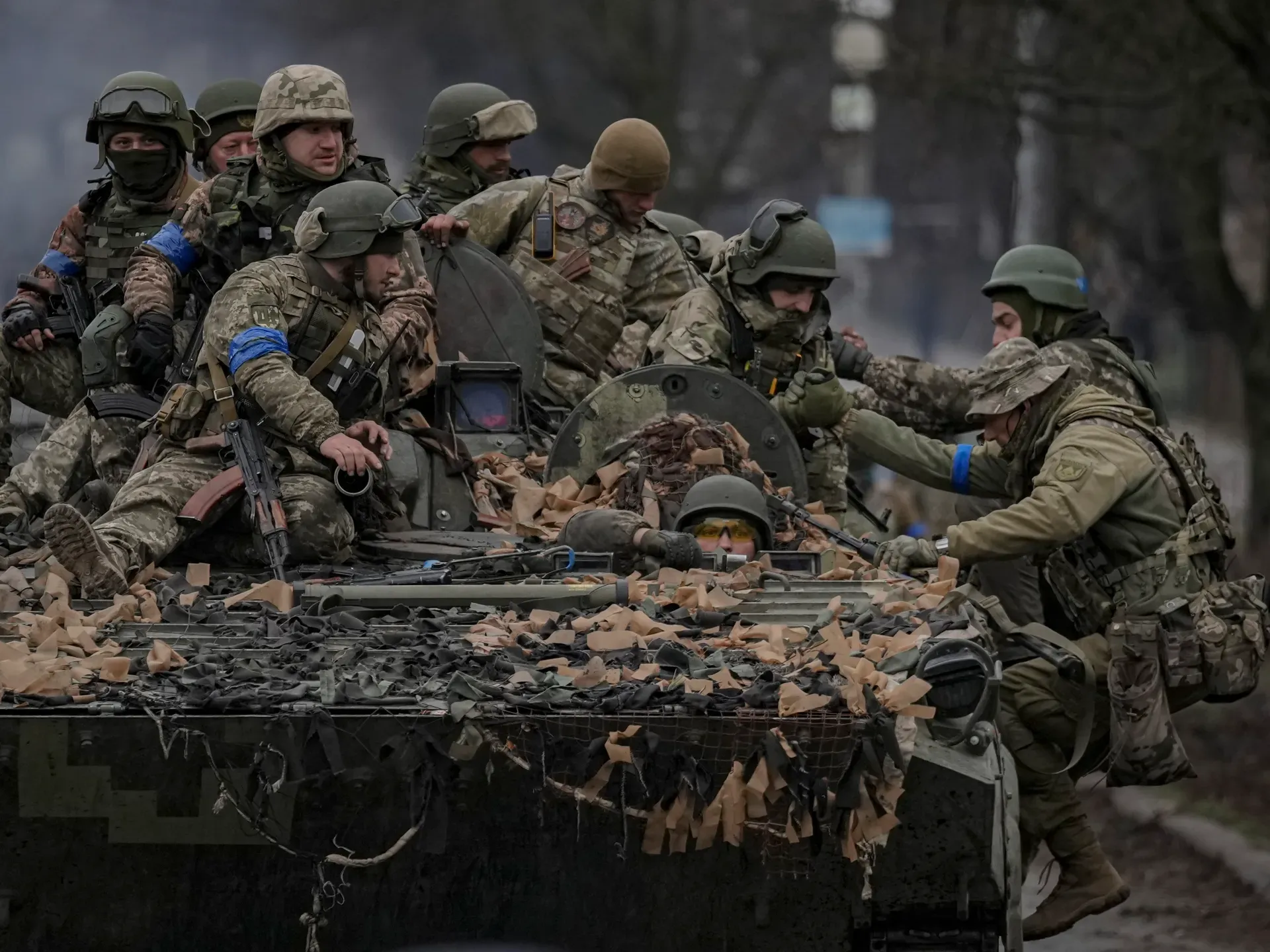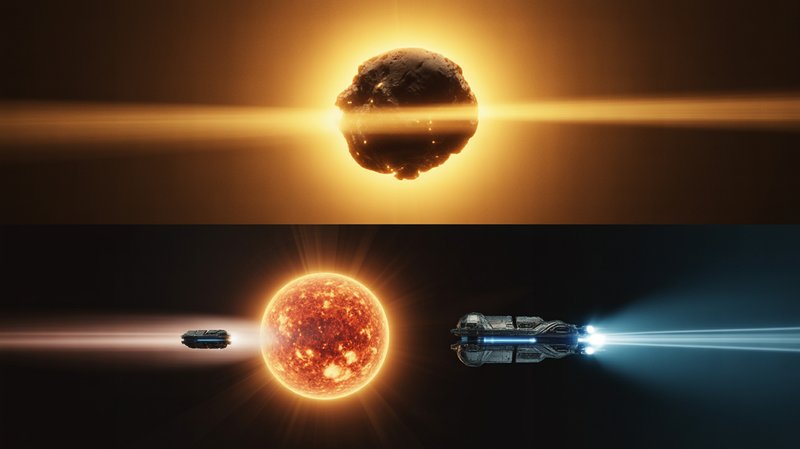Western Armor Falling Short in Ukraine’s Intense Conflict
Western-made armor designed to sustain low to medium-intensity conflict is struggling under the extreme conditions of the war in Ukraine, states military analyst Taras Chmut in discussions with The Wall Street Journal. A Design Not Meant for All-Out War Chmut, who heads the Come Back Alive Foundation — a group focused

Western-made armor designed to sustain low to medium-intensity conflict is struggling under the extreme conditions of the war in Ukraine, states military analyst Taras Chmut in discussions with The Wall Street Journal.
A Design Not Meant for All-Out War
Chmut, who heads the Come Back Alive Foundation — a group focused on fundraising to equip Ukraine with arms and equipment — contends that Western armor simply isn’t cut out for the level of warfare currently faced by Ukraine. "A lot of Western armor doesn't work here because it had been created not for an all-out war but for conflicts of low or medium intensity," Chmut reports. This indicates a mismatch between the capabilities of the equipment provided by Western allies and the actual needs on the ground.
A Call for Quantity Over Sophistication
Chmut suggests a shift in support from Western allies, urging for simpler, cheaper systems delivered in larger quantities. Ukrainian officials reported that less than 5% of tanks destroyed since the war's inception fell to other tanks, the majority being taken out by mines, artillery, anti-tank missiles, and drones. This reveals a lessened importance for the relative sophistication of a tank, calling into question the effectiveness of advanced Western systems like the US-made Bradley infantry fighting vehicles and Abrams main battle tanks, which were conceived for high-intensity combat, specifically to counter Soviet ground forces.
The Impact of Delays and Deficiencies
Despite the apparent mismatch, Ukraine persists in requesting more sophisticated military equipment from its allies. President Volodymyr Zelenskyy has expressed frustration over delays in weapons deliveries from Western allies, emphasizing that such delays are detrimental to Ukraine’s ongoing counteroffensive efforts. A report in July from the Kiel Institute for the World Economy highlights that only about half of the promised heavy weapons have been delivered to Ukraine. "The gap between promised and delivered military aid is wide," remarks Christoph Trebesch, the head of the team creating the tracker.
Maj. Gen. Christian Freuding, Germany's director of planning and command staff, echoes Chmut's sentiment on quantity, stating, "You need numbers; you need force numbers. In the West, we have reduced our military; we have reduced our stocks. But quantity matters; mass matters."
Turning Inward for Military Needs
With the ongoing disparity between promises and deliveries and the inadequacy of the received equipment, Ukraine is now prioritizing domestic ammunition production. Defense Minister Rustem Umerov emphasized the importance of local production for anything that can be produced within the country. This internal ramping up of production comes as concerns grow over whether Western deliveries will align with Ukraine’s military requirements.
Sergej Sumlenny, founder of the German think tank European Resilience Initiative Center, echoes this, highlighting Ukraine's increased reliance on domestic production due to concerns about the sustainability of Western deliveries to meet its military needs.
Conclusion
The war in Ukraine unveils crucial reflections on the effectiveness and suitability of Western-made armor in high-intensity conflicts. It raises questions about the prevailing Western military strategy focusing on quality over quantity, and the delays in aid deliveries underscore the urgent need for re-evaluation and enhancement of international military aid processes and commitments. As Ukraine continues to face the brunt of the conflict, the prioritization of domestic production is a clear response to the inadequacies and delays in international support, emphasizing a pressing need for reliable and adequate support from Western allies.




